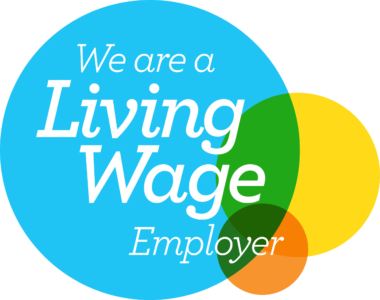Following Comic Relief’s ‘white saviour’ controversy, other charities are making a point of considering whether their outward messaging – and even their name – might be in need of a 21st century rethink.
We consider the latest developments and the Charity Commission’s recent alert regarding safeguarding concerns for charities operating overseas.
The last few years have seen increasing calls in the public sphere for some aid charities to cease using a ‘hero’ narrative in promoting their causes and the work that they do throughout the world. The long running debate against ‘poverty porn’ was reopened in March 2019, when David Lammy MP criticised Comic Relief for its use of celebrities in its campaigns, citing that it perpetuated “tired and unhelpful” stereotypes, displaying a “white saviour complex”.
Clearly some organisations have taken this debate to heart as last month Gemma Sherrington, Executive Director (Fundraising and Marketing) of Save the Children, which operates from 120 countries across the globe, revealed that the charity was having a “very live” conversation about the problematic implications of its name.
Ms Sherrington was replying to questions asked during a panel session on ‘representing need without misrepresenting people’ at the recent Third Sector Fundraising Conference. She acknowledged the inherent difficulties of the implications today of operating under the Save the Children name and narrative, and the enormous challenge of undergoing a rebrand for such a high-profile charity known for its important humanitarian frontline work.
The debate adds further flavour to ongoing discussions about how the charity sector responds to calls on contested heritage, even where that heritage is not bricks and mortar but the legacy of how an organisation has operated and approached its mission in times past. Indeed, Sherrington noted that “an organisation like Save the Children has othering in its DNA”, because it was set up by a group of people in one country in order to target help in a group of people in another.
This is not the first time an international charity has reflected on its use of language. Bond recently published a language guide titled Taking British politics, jargon and colonialism out of our language, in which it set out the words and terms it would no longer use in its communications, including “aid,” “beneficiary”, “most vulnerable people”, “developing countries” and “capacity building”. The public face of the global charity sector, and the nature of its future campaigns, are likely to look very different in the years to come as boards start to address these issues head-on.
Of course, charities operating internationally must also take care to ensure that discussions about branding, historic associations and messaging include careful consideration of their wider and more specific responsibilities to their beneficiaries and the public at the present time. At the end of June the Charity Commission issued an alert to overseas aid charities on safeguarding concerns, after the regulator identified specific areas of risk through careful analysis of recent serious incident reports. A number of recommendations have been made for charities and their trustees to consider in ensuring effective safeguarding arrangements are in place. These include:
- the strengthening of safeguarding risk prevention and risk management measures;
- improving reporting by local beneficiaries; and
- developing management responses, including victim and survivor support.
Safeguarding remains a major focus for the Charity Commission and trustees will need to be able to demonstrate that they are constantly vigilant and responsive to the need to ensure the safety of their beneficiaries, staff and volunteers – “effective safeguarding is never ‘complete’” reads the alert’s by-line. This stresses the need for senior managers and leaders to ensure that the highest priority is given to identifying and managing these risks and to fostering a culture committed to rooting out harassment, exploitation and abuse. Further information is available in the Commission’s guidance on safeguarding and protecting people for charities and trustees.
To discuss any of the issues arising in this article, including the legal process required to change a charity’s name, and trustees’ duties and responsibilities, please contact a member of our Charities Team.
The content of this article is for general information only. It is not, and should not be taken as, legal advice. If you require any further information in relation to this article please contact the author in the first instance. Law covered as at July 2021.







